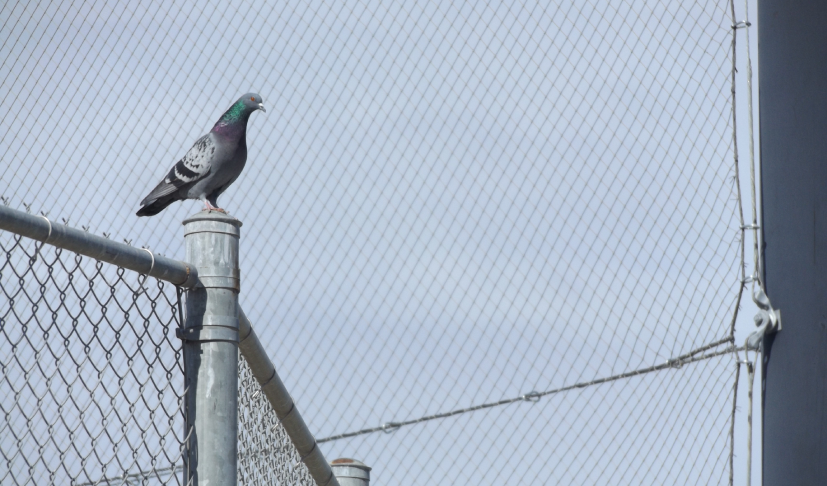Indian Meal Moth/Pantry Moth
Indian Meal Moth/Pantry Moth
Scientific Name: Plodia interpunctella
How to identify Indian Meal/Pantry Moth
The adult moth has a wingspread of about 20 mm. The wings are bi-coloured cream and the outer portion of the forewing is reddish brown, with a coppery lustre. The adults are often seen flying about in the home and have often been mistaken for clothes moths but the wing colour is very distinct from the uniform grey of the clothes moth's wings.

Where are Indian Meal/Pantry Moths commonly found?
This pest moth is very common throughout Australia and is the only moth species that pest managers are likely to encounter. In the home, it infests broken grain and grain products, dried fruits, seeds, biscuits, nuts, powdered milk, chocolate, confectionery, red peppers and dog food. By its extensive webbing, it spoils more food than it can consume.
Why are Indian Meal/Pantry Moths considered a pest?
Stored product pests are responsible for enormous losses in may ways:
-
Losses due to direct consumption
-
Spoilage and loss of commodity quality
-
Contamination
-
Encouragement of mould growth in affected material
-
Economic losses
What is the biology and lifecycle of Indian Meal/Pantry Moths?
The eggs of this moth are adhesive. The female deposits around 200 to 400 eggs, singly or in groups, on the larval food over a period of up to 18 days. Shortly after hatching, the dirty-white larvae secrete themselves in crevices in the food medium and feed in or near a tunnel-like case of silk with frass incorporated into it. The larva generally retains its dirty-white colour but may be yellow, pink, brown, or greenish, depending on its food. The hairs on the body have no pigmented spots at their base. The average length is about 13 mm when fully grown. The larval period is considerably variable, depending on food and temperature. A heavy webbing usually extends throughout the infested material. The larvae crawl out of the infested food to spin their cocoons and pupate. Complete life cycles have been noted to range from 27 to 305 days.
Chemicals Required to Control Indian Meal Moth/Pantry Moth
A range of traps using pheromones and other attractants are available
-
These pheromone traps are designed as monitoring devices to determine whether a species is present, where the hotspots are and whether the numbers are high enough to justify an insecticide treatment
-
Traps are designed for monitoring in commercial environments
-
Traps can be effective as control measures in domestic situations (smaller areas)
Disrupters are a relatively new technology that can be used as part of an IPM program
-
The pheromone disrupts mating, breaking the breeding cycle
-
Disrupters can significantly reduce the need for spraying in commercial accounts
Management Tips for Indian Meal Moth/Pantry Moth
Residential treatments - Thorough inspection to find the source of the infestation
-
Check all food cupboards
-
Check open and unopened packets and containers
-
Dispose of any infested materials
-
If source cannot be identified check roof void / sub-floor
-
Carry out spot treatment to storage area surfaces if required
-
Use of pheromone traps to prevent future problems / monitor activity can be considered
Commercial treatments - Thorough inspection to find the source of the infestation
-
Infested stock will need to be disposed of or treated using grain protectants or fumigation options
-
Space sprays (often pyrethrum based) and surface sprays can be considered to target adults after (larvae) infestation has been controlled
-
Use of pheromone traps to prevent future problems / monitor activity can be considered









